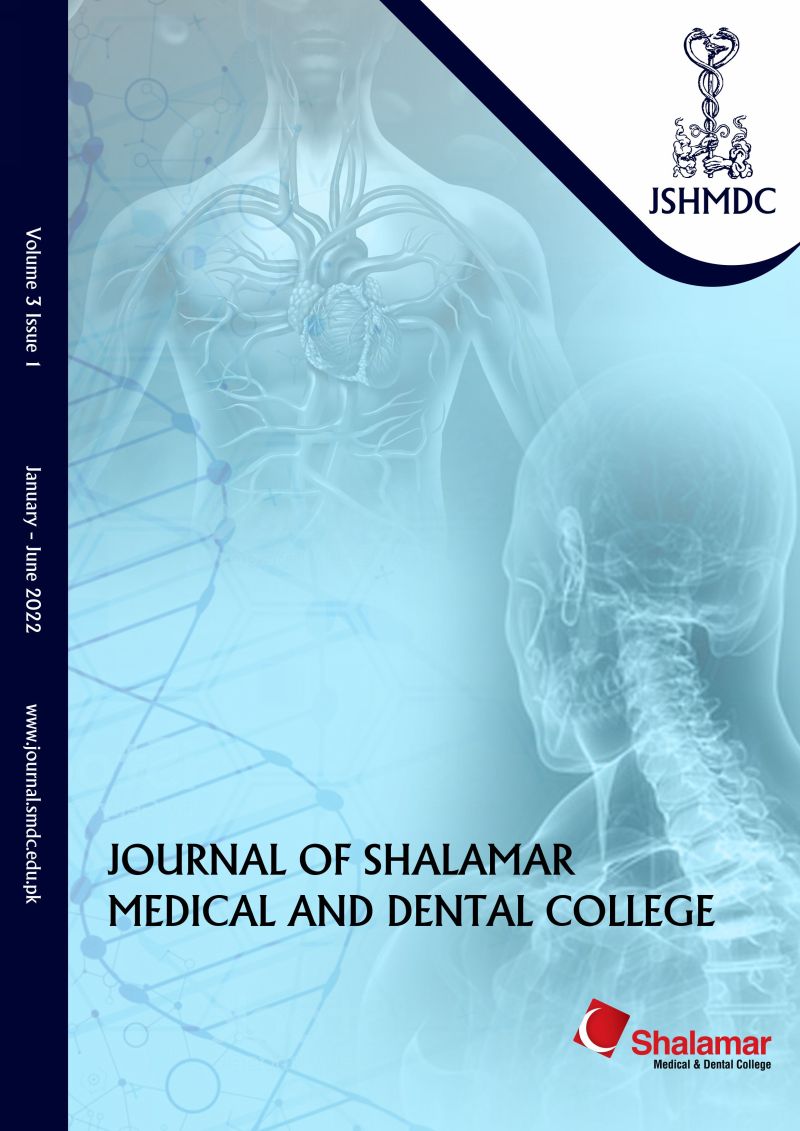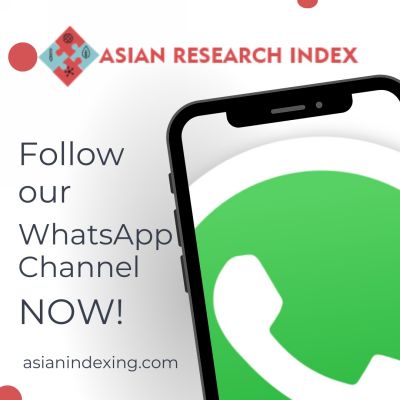2
2
2021
1682060070609_2972
56-57
https://journal.smdc.edu.pk/index.php/journal/article/download/84/49
https://journal.smdc.edu.pk/index.php/journal/article/view/84
The pandemic of Covid-19 has proven to be a grueling test of healthcare systems and resources worldwide. The toll on December 3, 2021, stands at 263,563,622 confirmed cases of COVID-19, including 5,232,562 deaths, as reported to World Health Organization (WHO).1 The event affecting common people's lives on a global scale was unprecedented in current times. Considering the rapid advance of world transportation through air, land, and water in the twentieth century, the digital communication explosion of the 2000s, and a highly contagious and lethal virus emerging in 2019, and we can safely declare that the pandemic is posing challenges that were unimaginable in the previous centuries. The virus initially spread worldwide through international travelers, and the myriad channels of mass communication including traditional and social media exploded with frenzy about the nature of the virus and the ensuing pandemic.
In this scenario, information regarding its origins, transmissibility, precautions, treatment, and care has been competing with misinformation for public's attention since the very beginning. WHO is leading the worldwide efforts to fight the pandemic. It is also working to fight the conspiracy theories and misinformation that are bound to arise in such a situation.
The abundance of media outlets and the phenomena of social media have created a world in which misinformation travels just as quickly as information.2 Social media organizations have made efforts to step up to the challenge by adopting strategies for curbing misinformation and unverified claims from their sites.3 The response is however, varied across websites. In a country like Pakistan, where politicians dominate the headlines and prime time slots, mass media outlets adapted to the dynamic situation by bringing healthcare personnel at center stage. For almost a year, health communication became a consistent concern instead of the cursory attention it usually received propelled by government actions and politicians' opinions.4 This development needs to be seen in the context of an unstructured media industry that has experienced massive growth and is driven by the commercial interests of the owners. Health reporting has never been considered profitable in mainstream media evidently obsessed with politics and entertainment for securing advertising revenues.
Continued programming and specialists' opinions regarding the fast changing situation of the virus and its treatment, helped in creating an environment of support for the vaccination efforts of the government which has so far recorded 51,163,078 fully vaccinated people.5 However, this constitutes only 33% of the total population which demands consistent efforts to raise awareness among the masses and counter the myths and conspiracy theories regarding vaccines and the virus itself. New variants of the virus continue to emerge, the larger portion of the country's population remains unvaccinated, and booster doses are becoming essential. Therefore, the need for sustained interest in health communication through mass media is far from over.
Importance of specialized health communication has been demonstrated fully during this pandemic. Health communication helps public understand the threat and make informed choices about the
preventive measures and treatment.6 Done effectively, it can produce behaviour change, prevent panic and ensure the participation of populations in governments' public health measures.7
Mass media outlets need to devote significant portions of their time and resources to creating behaviour change and building support for the governments' measures to fight the pandemic. Specialized courses for reporters covering health should be a common goal for media outlets and medical education institutions. Information seminars and sessions to explain developments in the course of the pandemic and its response by the authorities need to be organized with relevant specialists' and data scientists' participation. Healthcare sector possesses the necessary knowledge to impart this information to the media industry which is largely unstructured and learning from experiences. Therefore, the healthcare sector needs to communicate effectively with the mass media representatives in order to influence the population in adopting and continuing healthy behaviour to fight the pandemic.
References:
- https://covid19.who.int
-
The Lancet. COVID-19: fighting panic with information. Lancet. 2020; 395(10224): 537
-
Afridi WA, Hussain T, Hashmi A, Asghar R. The Role of Mass Media in Tackling COVID-19 in Pakistan. Медиаобразование. 2021(2):169-176.
-
https://ncoc.gov.pk/
-
Finset A. Challenges for healthcare communication during the COVID-19 pandemic. Patient Educ Couns. 2021; 104(2): 215-216
-
Finset A, Bosworth H, Butow P, Gulbrandsen P, Hulsman RL, Pieterse AH, Street R, Tschoetschel R, van Weert J. Effective health communication - a key factor in fighting the COVID-19 pandemic. Patient Educ Couns. 2020; 103(5): 873-876.
| Article Title | Authors | Vol Info | Year |
| Article Title | Authors | Vol Info | Year |

